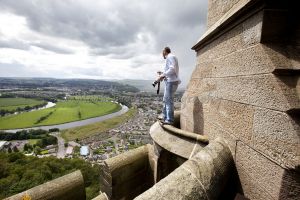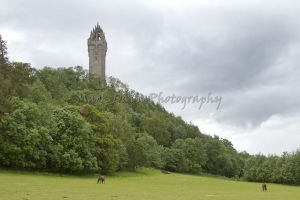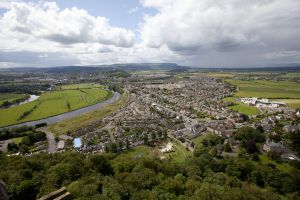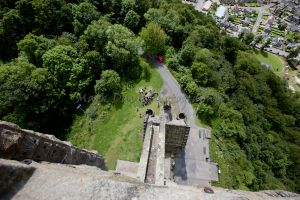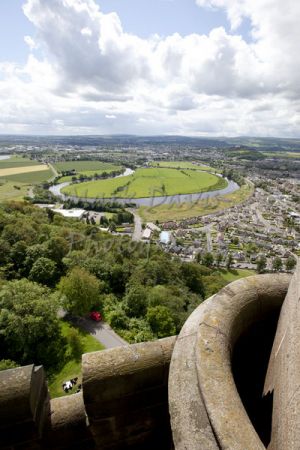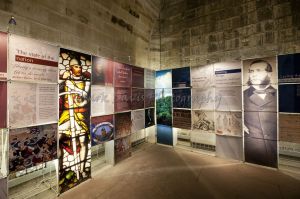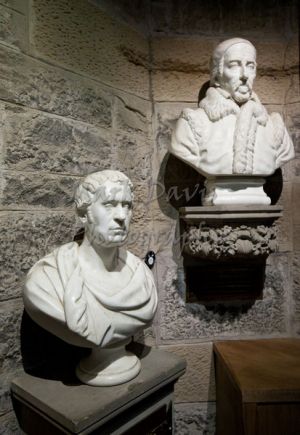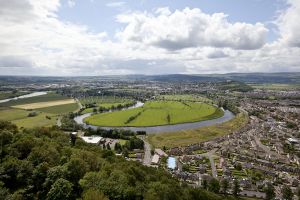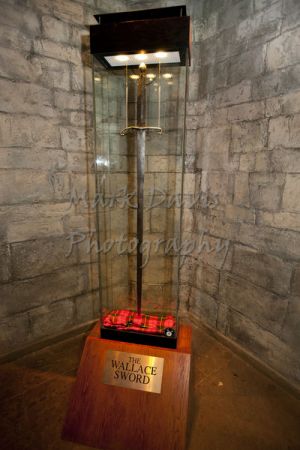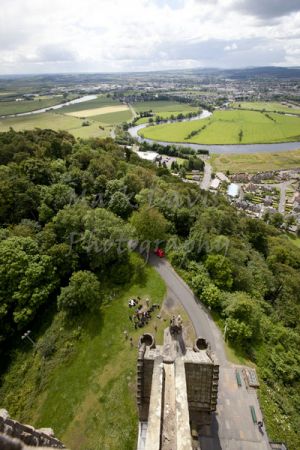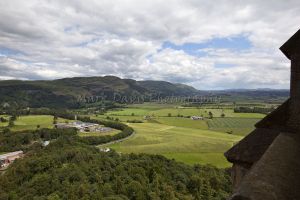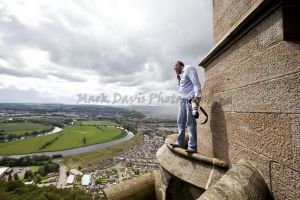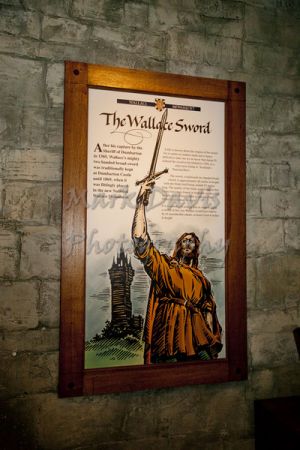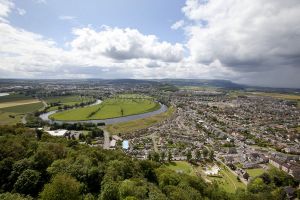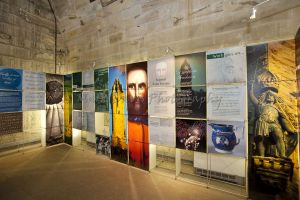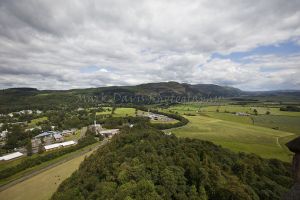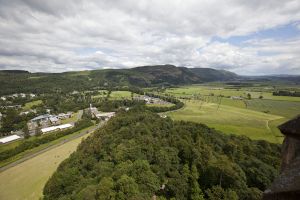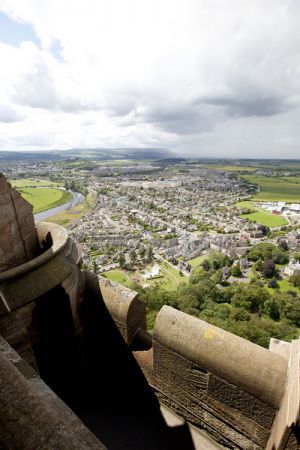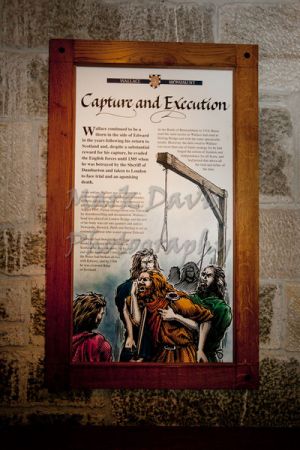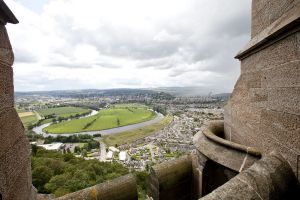Sir William Wallace
A hero of Scotland and a true patriot, he had a burning desire for peace and freedom which united the country’s clans, gained the loyalty of its people, struck fear into his enemies and defied the cruel hand of an evil, warring and invading King – Edward I of England.
All the drama of Wallace’s campaign for freedom is captured at the world-famous National Wallace Monument – proudly standing on the Abbey Craig, overlooking the city of Stirling.
Early Life
Much of William Wallace’s life remains a mystery as historians disagree over the facts surrounding the hero’s eventful life. The exact circumstances of the patriot’s birth are unknown but it is believed that he was born around 1270, either at Elderslie near Paisley or Ellerslie in Ayrshire, into a minor noble family.
The Battle Of Stirling Bridge
As a result of Wallace’s rising, John de Warenne, the Earl of Surrey, was ordered to march north by King Edward I in September 1297. Warenne had a huge force of heavy cavalry and was anticipating a victory.
Stirling was the main entry point to the north of Scotland, so it was here, just north of Stirling Bridge, on the Abbey Craig that Wallace encamped with his army.
The bridge (which stood 180 metres upstream from the 15th century stone bridge that still stands today) was only wide enough for two horsemen to pass abreast, and it would have taken the English army hours to cross.
On the 11th September the battle began as the English were forced to cross the bridge. Wallace and Andrew de Moray waited until more than half the English had made the crossing before springing their trap. Scottish spearsmen charged down the causeway. Those on the right flank forced their way along the river bank to the north end of the bridge, preventing the English from escaping.
Those on the south bank of the river, including Warenne, retreated to Berwick. From those trapped on the north side, more than 100 men-at-arms and 5,000 Welsh infantry were caught and slaughtered by the Scottish forces.
Wallace’s comrade Andrew de Moray was wounded in battle, and died two months later.
Wallace’s Death
After his betrayal and capture, Wallace was taken to London, where he was tried. He was found guilty, hanged, disembowelled, beheaded, and quartered on 23rd August 1305.
Wallace’ death did not end Scotland’s Wars of Independence. Robert the Bruce continued the fight and achieved victory at the Battle of Bannockburn in 1314.
For more information on the story of William Wallace and of The National Wallace Monument you can buy The National Wallace Monument Guide Book in the Visitor Reception Centre, or inside the Monument.
The National Wallace Monument is located just outside Stirling – and is signposted from the City Centre, from Bridge of Allan, and from the M80, M9, and A91.
http://www.nationalwallacemonument.com/sir-william-wallace/
